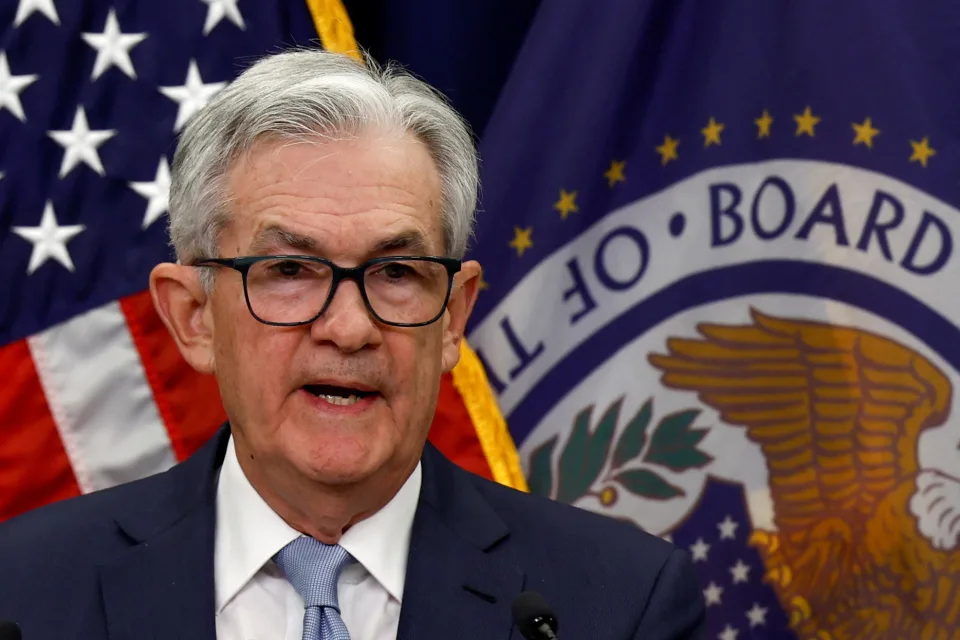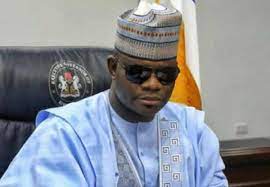Top Stories
Fed minutes: No rate cuts in 2023, inflation risk remains in focus

No Federal Reserve officials thought it’d be appropriate to begin cutting rates in 2023, and officials worried easing financial conditions could complicate the central bank’s efforts to bring down inflation, according to internal discussions at the Fed’s policy meeting three weeks ago.
Minutes from the central bank’s December policy meeting released Wednesday showed while Fed officials welcomed easing October inflation data, they stressed it would take substantially more evidence of progress to be confident inflation was coming down in a sustained manner.
Officials noted the Fed would need to maintain a “restrictive policy stance” until data gave central bankers confidence inflation pressures were easing.
Officials suggested price pressures could prove to be more persistent than anticipated, noting the job market has remained strong for longer than anticipated. Several participants said the Fed’s median projection for rates to peak at 5.1%, above market expectations, underscored the Fed’s commitment to bring down inflation.

A remaining question for investors: At what pace will the Fed raise rates in future policy meetings after slowing down to 50 basis points in December? The minutes suggested Fed officials will base decisions on future rate hikes on data and the implications for inflation and growth. The committee will make decisions meeting by meeting, according to the minutes.
“Participants generally observed that a restrictive policy stance would need to be maintained until the incoming data provided confidence that inflation was on a sustained downward path to 2%, which was likely to take some time,” the minutes said. “In view of the persistent and unacceptably high level of inflation, several participants commented that historical experience cautioned against prematurely loosening monetary policy.”
Officials viewed the job market as very strong, noting an unemployment rate near historically low levels, still strong payroll gains, a high level of job vacancies, and elevated nominal wage growth. Several participants commented that there were tentative signs of labor market imbalances improving, including declines in job openings and quits over the second half of 2022.
Officials see a number of uncertainties surrounding the outlook for inflation stemming from factors abroad, such as China’s relaxation of its zero-COVID policies, Russia’s continued war with Ukraine, and effects of monetary policy from other major global central banks.
Many Fed officials see the central bank needing to be able to balance two risks: that monetary policy isn’t tight enough to bring inflation down and that the lag effect of monetary policy could push the Fed to overtighten more than needed.
A number of participants judged that the risks to economic outlook were weighted to the downside, noting the potential for more persistent inflation that could mean higher rates, curtailing growth.
The Fed raised rates by 50 basis points in mid-December to a range of 4.25%-4.5%, the highest level since 2007. That marked a slowdown from the Fed’s torrid string of four 75-basis-point rate hikes from June through November — its most aggressive stretch since the 1980s.
The Fed projected last month that the federal funds rate would peak at a rate of 5.1% by the end of 2023. Fed Chair Jerome Powell suggested that the rate might have to go higher during his December 14 press conference, saying that “we’re not at a sufficiently restrictive policy stance yet.”
Minneapolis Fed President Neel Kashkari, a voting member of the FOMC this year, said Wednesday that he sees the Fed raising rates a full percentage point from the current level of 4.25%-4.5% to a level of 5.4% and then hitting the pause button.


 Top Stories5 hours ago
Top Stories5 hours agoBREAKING: EFCC freezes over 300 accounts over suspicious FX flows

 Top Stories5 hours ago
Top Stories5 hours agoEx-Imo Gov, Ihedioha Dumps PDP, Gives Reason

 Politics5 hours ago
Politics5 hours ago“If I do not see the Yahaya Bello case to the end, I will resign” – Olukoyede

 Top Stories17 hours ago
Top Stories17 hours agoTinubu to embark on official visit to Netherlands today

 Politics17 hours ago
Politics17 hours agoNAFDAC Arrests Fake Cosmetics Producer In Lagos

 Entertainment17 hours ago
Entertainment17 hours agoNaira Abuse: Lawyer Denies Appealing Bobrisky’s Conviction

 Top Stories17 hours ago
Top Stories17 hours agoJustice Na’abba Reverses Self, Vacates Order Affirming Ganduje’s suspension

 News17 hours ago
News17 hours agoEFCC Speaks On Disobeying Court Order On Yahaya Bello




